
The Australian Piano & Player Piano Company
Founded in 1893 by Octavius Charles Beale, in Annandale Sydney, Beale became a name synonomous with quality pianos and player pianos and have produced around 95,000 pianos from 1893 to 1975.
Beale started business importing German upright pianos into Australia. Some of these imports still exist and are branded 'Hapsburg Beale'. The Beale piano factory was located at 47 Trafalgar St Annandale, and became the largest piano factory in the southern hemisphere by the early 1900's
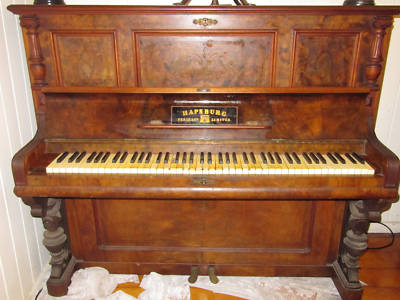
Hapsburg Beale
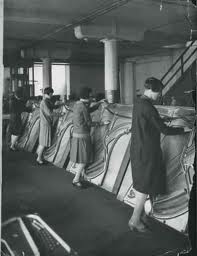
On the Factory Floor Circa 1920's
Beale was one of the few manufacturers who built every single component in their pianos on site in their own factory. This means that the high standard of quality was always under Beale's control.
Capabilities to manufacture in the factory included:
- Brass and iron foundries
- Timber works, including drying kilns, manufacture of veneers, joinery and cabinetry
- Paint and pattern shops
- Machining and electroplating
- Keyboard action-making and fitting
- Tuning and intoning
- Polishing rooms
- Experimental laboratories
Manufacturing continued after Octavius Beale’s tragic death in a car accident in 1930.
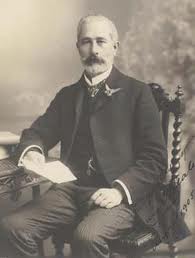

Picture of the week
This artwork was donated to Leichhardt Council by Reg Richardson of Security Self Storage, Annandale. In the 1990s Security Self Storage worked out of Beale’s Trafalgar Street building, where the painting had formerly hung in the foyer.
Signed “Smith and Julius Studio” the painting would have been produced in the 1920s. In 1906 Ure Smith joined with fellow artist and friend Harry Julius to form Smith and Julius Studio in Bond Street, Sydney. Drawing on contacts in advertising and with printers, the Smith and Julius Studio set high standards in Australian advertising. Clients of the studio included David Jones, Anthony Hordern and ‘Home’ magazine. A hub for Sydney’s art community from the early 1900s, Smith and Julius employed such artists as Lloyd Rees, Margaret Preston, Roland Wakelin and Thea Proctor.
The largest piano factory in the Southern Hemisphere, Beale’s Pianos were known for their fine craftsmanship – in 1908 they won every award in the Franco – British Exhibition held in Paris. Operating for over 60 years in Trafalgar Street, today Beale’s Piano Factory building is an apartment block listed on the register of the National Estate.
Article courtesy of localnotes.net.au
The Beale Company made pianos specifically suited to Australian climatic conditions. In 1902 Beale patented a tuning system built with a metal wrest plank, designed to retard the strings from going out of tune in the fluctuating humidity and temperature extremes across the Australian Continent. The company continued to produce pianos at their Annandale site until a takeover in the 1960's stopped production there.
The patented 'iron tuning system' was also incorporated into Beale's range of player pianos. Beale imported Amphion Accessible Actions, regarded as one of the best player actions in the world, to fit his specially produced range of players. I continue to see these players in staggering numbers around the Sydney area, many come up daily on eBay, and most are in extraordinarily good condition. I have only ever seen one Beale offered for sale in Sydney that incorporated a full Duo-art system, that is not to say that there may not be more around.
Regardless, most Australian families who have handed a Beale down through generations, revere them as family heirlooms of intrinsic historic and sentimental value, and as such tend to look after them much as you would a member of the family.
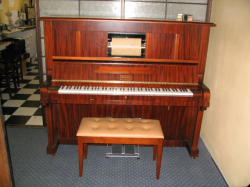
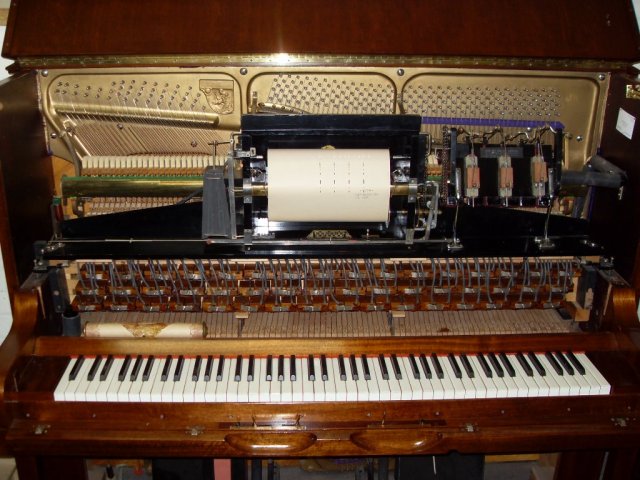
Amphion Accessible Action inside a Beale player. So named because of the ease of access to all components of the mechanism.
The Beale name continues, though their pianos are now produced in China...
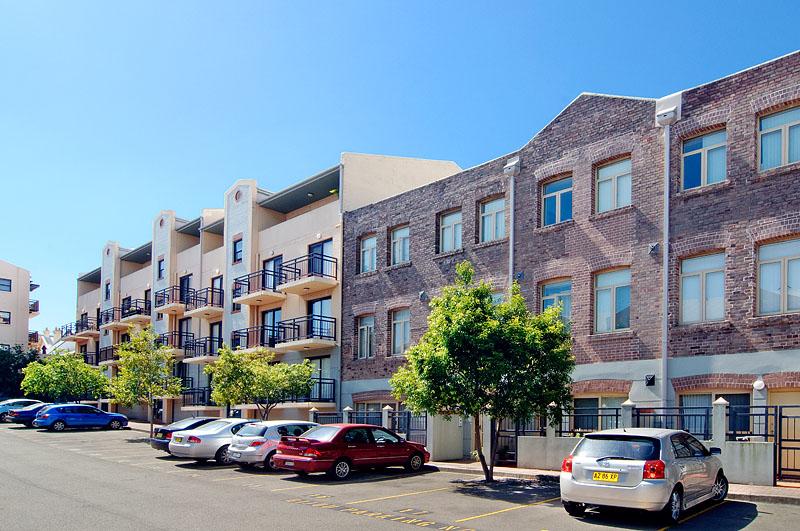
The Beale Piano Factory in Annandale, as it is today, a complex of stylish apartments

The Amphion Accessible Player Action
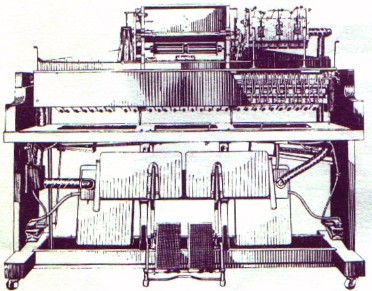
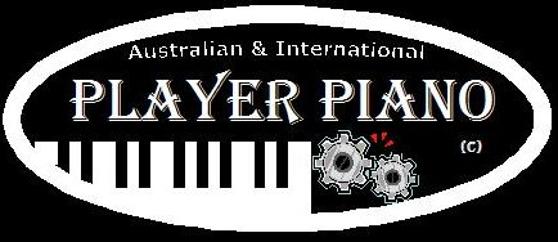
Fitted to Beale player pianos almost exclusively, the Amphion was chosen based on it's reputation as a world class player action. In reverse, Amphion would only sell it's player action to piano manufacturers considered to be at the highest quality levels.
Amphion built the Ampico Reproducing player action, a superb system that (when set correctly) can produce music of unparalleled expression. The build of the Ampico is directly added to the same Amphion Accessable Action, that you may find in any fine quality upright player piano.
A feature of the Arnphion action is the accessibility of every component and easy cleaning and adjustment of parts that require substantial work to access in other actions, that basically open up, or are reached without need for many tools. The action tilts forward for easy tuning. The three tiers are held together with a single bolt at either end, all regulating adjustments, such as striker fingers to piano wippens, may be carried out simply by turning an adjusting screw through the top of each finger.
The Amphion action employs unit valves held in place with small metal clamps and are easy to remove. The internal valve seat is a Bakerlite type material and will not corrode.The upper seat is press fit brass, The pouch bleed is on the face of the unit and may be accessed for cleaning by simply removing the unit.
The tracker is pneumatic and is controlled by two arms on either side of the roll that open or close a valve in the spoolbox for appropriate movement of the pneumatic, left or right, to centre the roll. A simple transposing mechanism is fitted, controlled by a lever in the spoolbox.
The wind motor is a six pneumatic arrangement, and is a particularly smooth running motor. The motor governor is one of the best designed, featuring: a small compensating pneumatic against variences in pumping pressure, to stop speeding up or slowing down regardless of the speed of pumping.
The bellows are a particularly heavy duty unit, with cast iron fixtures, large reservoir and incorporating an accent pneumatic to allow for instant accents with extra pressure on the pedals.
Certainly the Amphion has every feature required. The unit valves once sold as interchangable spare parts, must now be split apart to rebuild, possibly the only difficult aspect of restoration of the Amphion Accessible Action.
Amphion Player Co. ceased trading in 1932.
Humoreske.mp3
